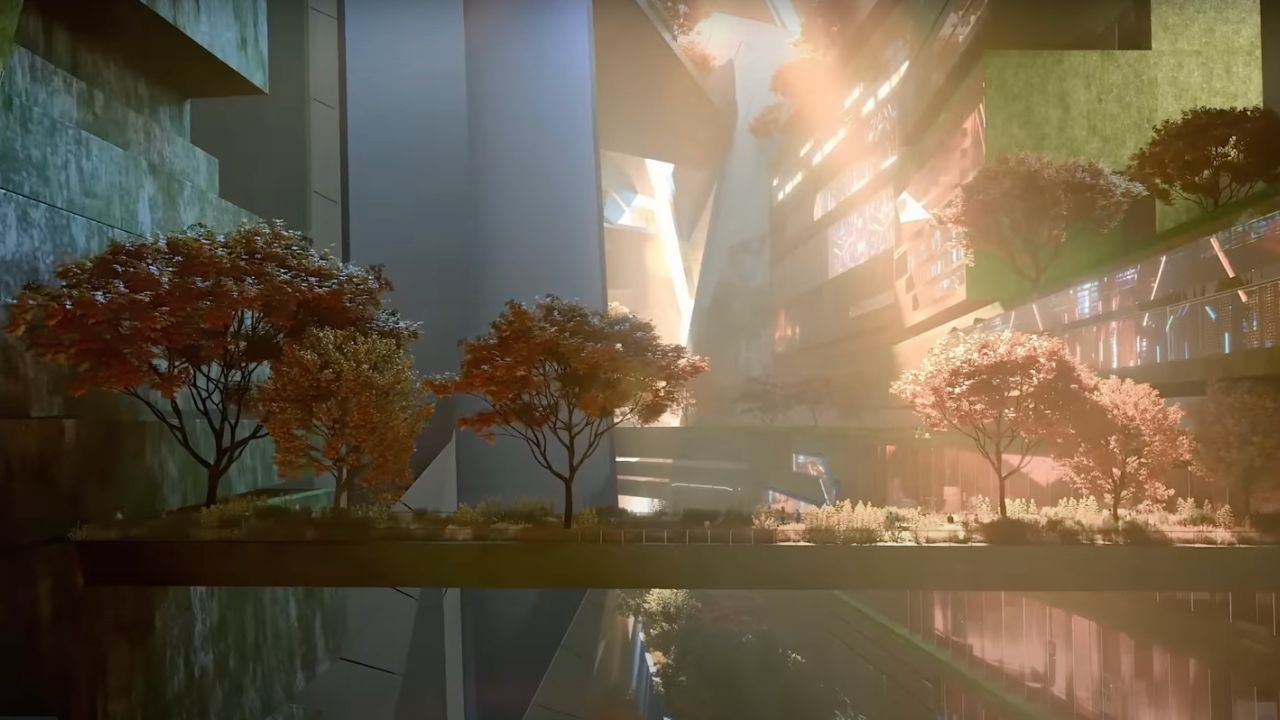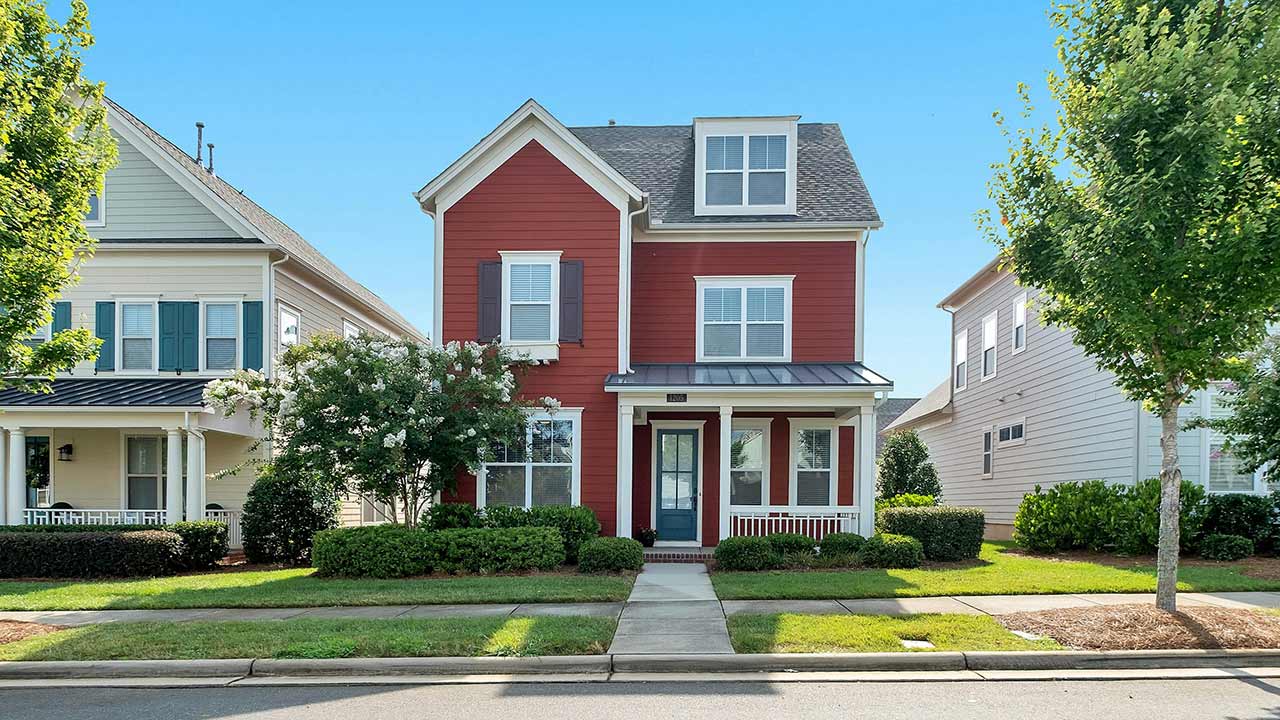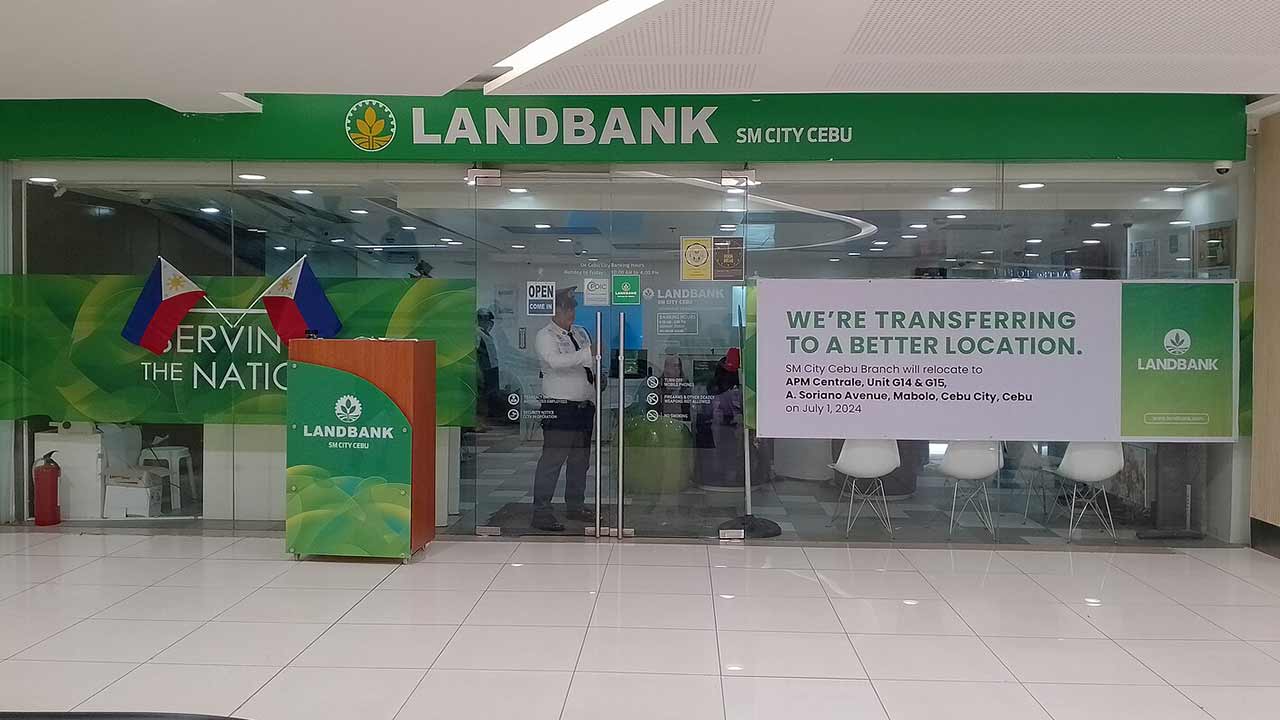Saudi Arabia is betting big on its future with the NEOM project, a massive urban development that aims to redefine what a city can be. At its core is a vision for a 105-mile-long linear city, a towering Jeddah skyscraper that will outstrip the Burj Khalifa, and even a ski resort in the desert—yes, you read that right. All this is part of a broader strategy to pivot away from oil dependence and build something that blends cutting-edge technology with sustainability. (Source: Wikipedia)
This half-trillion-dollar project isn’t just about shiny new buildings; it’s about creating a fully integrated metropolis powered by renewable energy, with a focus on carbon neutrality and self-sufficiency. (Source: NEOM) But with all this ambition, there’s a lot of uncertainty. As the world’s oil juggernaut plans its future, the question remains: can NEOM really be the game-changer they’re hoping for, or is it setting up a dystopian future of unfulfilled promises?
Jeddah Tower: A New Kind of Skyscraper
Jeddah Tower is shaping up to be one of the most ambitious skyscrapers ever built. Once complete, it will rise higher than the Burj Khalifa in Dubai, possibly reaching over 3,300 feet. Originally, they dreamed of a one-mile-high tower, but the design has been scaled back a bit. Even with this adjustment, the tower is still going to be a massive feat of engineering.
Building it hasn’t been easy, though. The ground in Jeddah is unstable, so they had to drive piles deep into the earth to anchor the structure. (Source: VICE) And since the tower is so heavy, there’s a plan for it to “sink” a bit over time—it’s designed to settle evenly to avoid any structural problems. It’s a lot of moving parts, but when it’s finished, Jeddah Tower will be a symbol of what Saudi Arabia can do in terms of modern architecture.
The Line: A City Without Cars
The Line is one of those ideas that sounds almost too futuristic to believe. A 105-mile-long city, built as a single continuous structure, with mirrored facades reflecting the desert landscape. It’s designed to house a staggering 9 million people, all in a car-free environment. With everything in walking distance, you won’t need a car, and transportation will be handled by a high-speed train system that zips you from one side of the city to the other. (Source: NEOM)
The city will have three main levels: one for pedestrians, one for infrastructure, and a lower level dedicated to transportation. It sounds like a sci-fi dream, but it also comes with some concerns. The city will be heavily monitored, with data being constantly collected to manage everything from energy use to your daily routines. Some worry about how much privacy you’ll give up in exchange for that seamless, high-tech lifestyle. Still, it’s a big step toward rethinking urban living on a massive scale.
Skiing in the Desert and Underground Cities
Trojena is one of the more surreal parts of the NEOM project. It’s set to be the first open-air ski resort in the Arabian Peninsula, offering a winter sports destination right in the desert. Built at high elevations in the mountains, the area gets cool enough to see temperatures drop below freezing during winter. So, skiing in the desert might sound wild, but the plan is to make it a reality, complete with snowy slopes and year-round activities. (Source: NEOM)
Then there’s Oxagon, another unique part of NEOM. It’s designed to be a floating city, with separate zones for residential living, industry, and even a large port. (Source: NEOM) It takes inspiration from futuristic ideas like those of Peter Thiel, but instead of islands in the Pacific, it’ll be positioned along the coast of Saudi Arabia. The idea of a city partly sunk into the ground—one with a buried community and massive infrastructure below the surface—is just another example of how NEOM is pushing architectural limits. It’s strange, bold, and definitely unlike anything you’d expect to see in the desert.
The Price of NEOM’s Vision
The scale and ambition behind NEOM are undeniable. But the project has come with serious costs—both social and environmental. The displacement of local Bedouin communities, like the Al-Howeitat, is one of the most controversial aspects. Around 20,000 people have been forced to leave their homes to make way for new developments, and there have been reports of violent repression against those who protest. (Source: E-International Relations)
The labor conditions surrounding NEOM are another major concern. Many of the workers come from countries with exploitative labor systems like the Kafala, which ties workers to their employers in a way that leaves them vulnerable to mistreatment. Investigations have uncovered troubling details, including reports of thousands of worker deaths, many due to unsafe working conditions and rushed construction. (Source: Human Rights Watch) While NEOM promises to be a technological marvel, it’s clear that the price for this vision is not just financial—it’s human.

Alexander Clark is a financial writer with a knack for breaking down complex market trends and economic shifts. As a contributor to The Daily Overview, he offers readers clear, insightful analysis on everything from market movements to personal finance strategies. With a keen eye for detail and a passion for keeping up with the fast-paced world of finance, Alexander strives to make financial news accessible and engaging for everyone.


